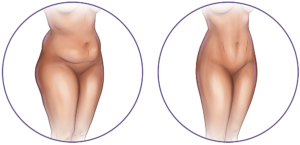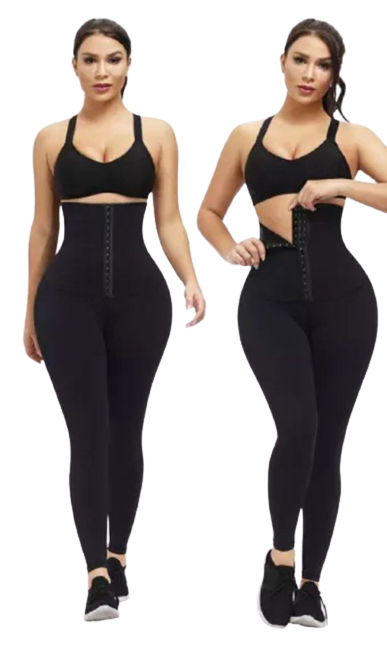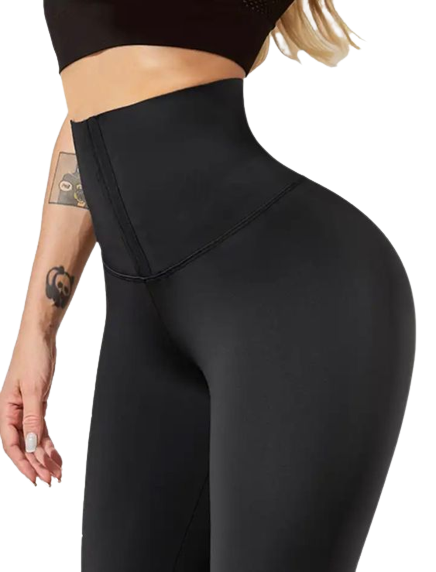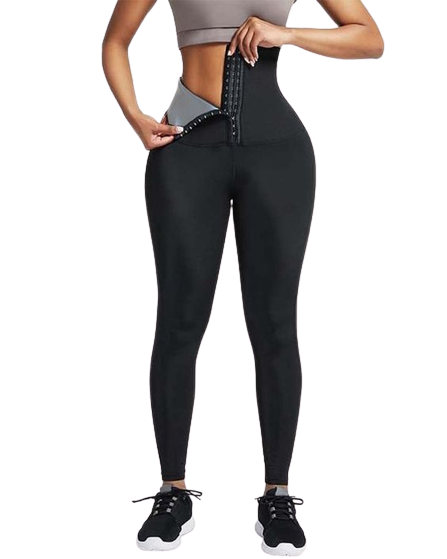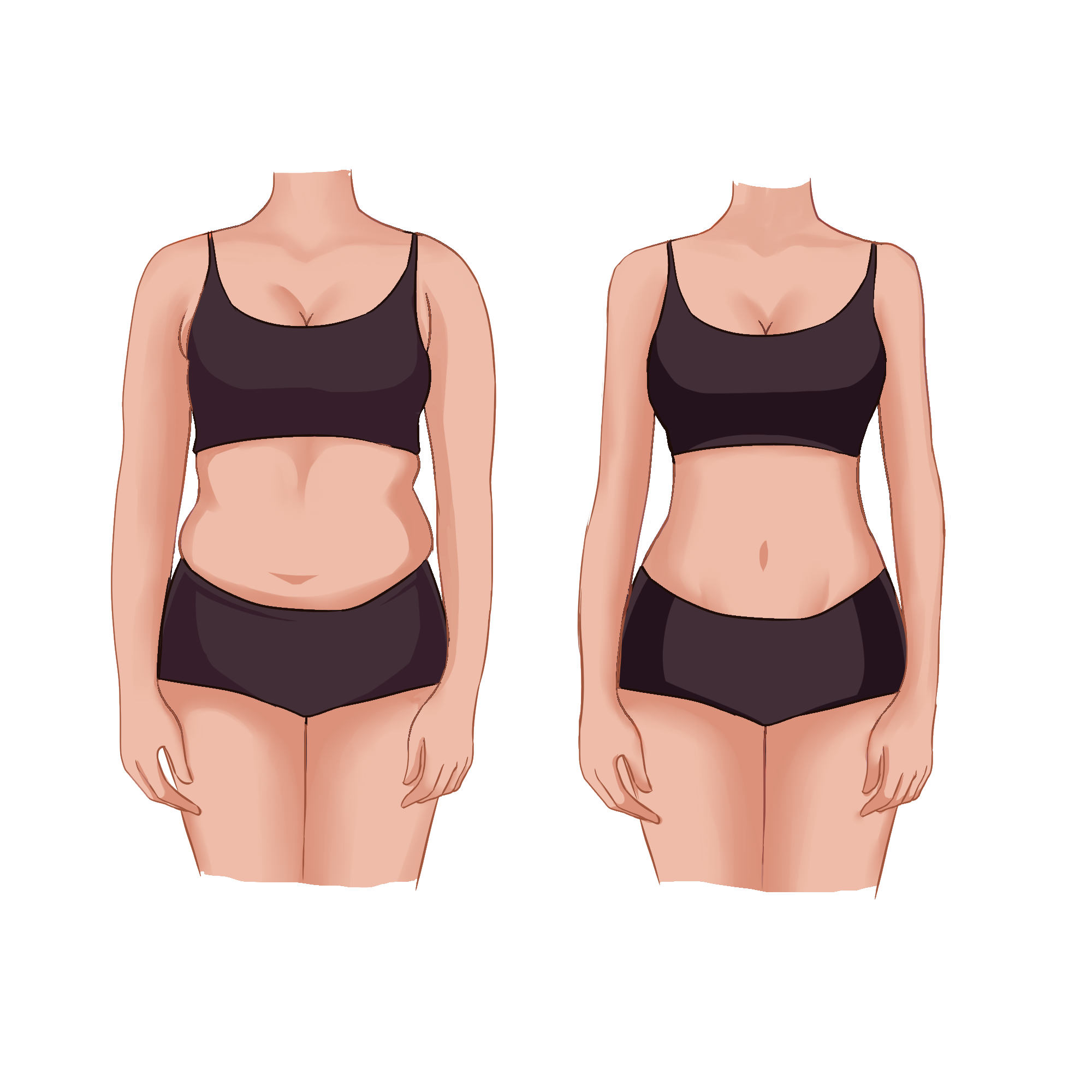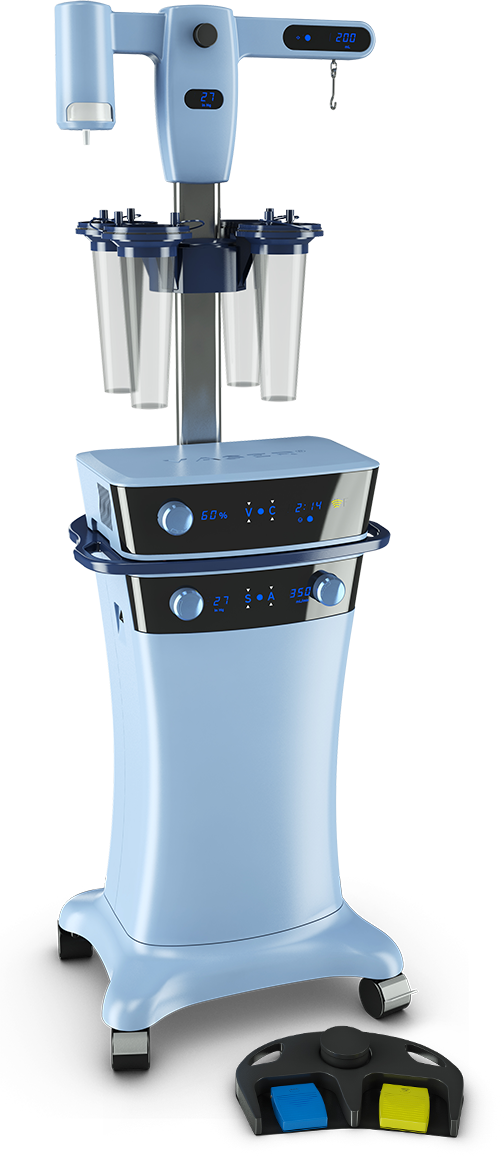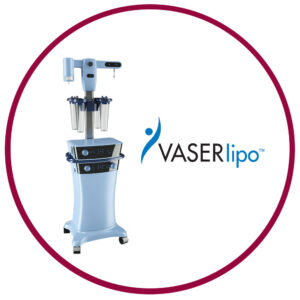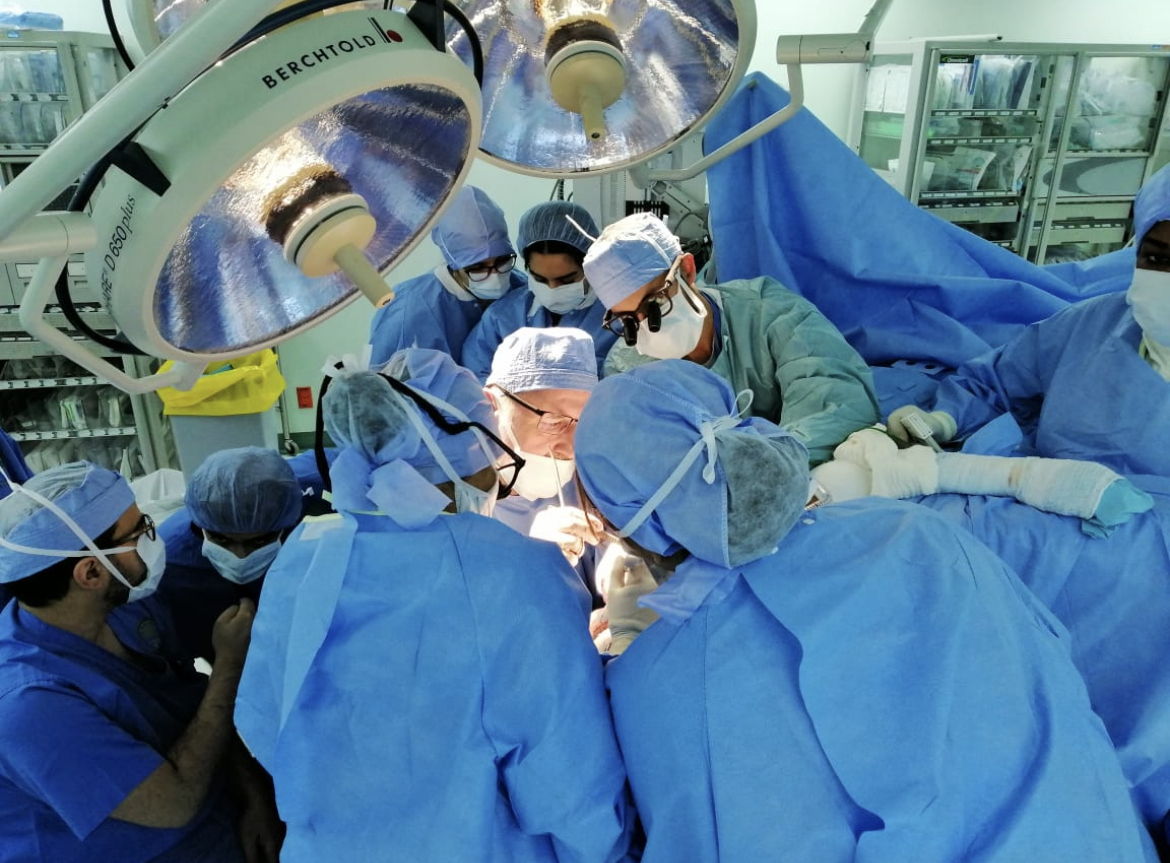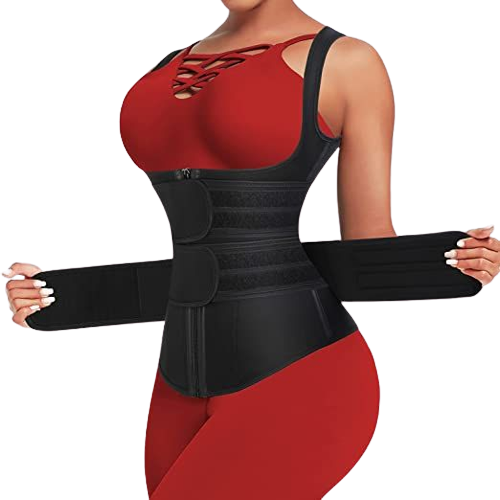
Liposuction
What is liposuction?
Liposuction, also known as lipoplasty, is a surgical procedure that involves the removal of excess fat from specific areas of the body. The procedure is typically used to contour the abdomen, hips, thighs, buttocks and other areas where diet and exercise alone have not been successful. Liposuction is a popular cosmetic surgery procedure that can help people achieve a slimmer and more proportional body shape.

What liposuction can treat
Liposuction techniques may be used to reduce localized fat deposits of the:
- Abdomen and waist
- Back
- Calves and ankles
- Chest area
- Face, cheeks, chin and neck
- Hips and buttocks
- Inner knee
- Thighs
- Upper arms
Liposuction can be performed alone or along with other plastic surgery procedures, such as a facelift, breast reduction or a tummy tuck.
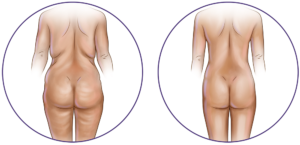
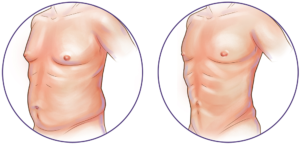
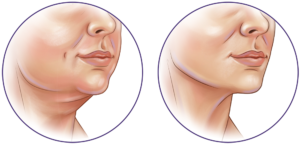
What liposuction can’t do
Liposuction is not a treatment for obesity or a substitute for proper diet and exercise. Liposuction works for people of normal weight who have some extra fat. If you have firm, elastic skin, you will have better results. Skin that is soft and thin from stretch marks, weight loss or natural aging will not reshape as well. You may need more surgeries to remove and tighten extra skin. It is also not an effective treatment for cellulite.
Who is a good candidate for liposuction?
Liposuction is a highly individualized procedure. You should do it for yourself, not to fulfill someone else’s desires or to try to fit any sort of ideal image. If you are bothered by excess fat deposits – located anywhere on your body – that don’t respond to diet or exercise, liposuction may be right for you.
Ideal candidates for liposuction are:
- Adults within 30% of their ideal weight who have firm, elastic skin and good muscle tone
- Healthy individuals who do not have a life-threatening illness or medical conditions that can impair healing
- Nonsmokers/non-vapers
- Individuals with a positive outlook and specific goals in mind for body contouring
What should I expect during my liposuction recovery?
After your liposuction surgery is completed, dressings or bandages will be applied to the incisions. You’ll need to wear an elastic bandage, support bra or a compression garment to minimize swelling and support your body as it heals. If you have drainage tubes, you may be asked to monitor and record how much fluid is emptying into the reservoir.
You will be given specific instructions that may include how to care for your body following surgery, medications to apply or take orally to aid healing and reduce the potential for infection, specific concerns to look for at the surgical site or in your general health and when to follow up with your plastic surgeon.
Be sure to ask your plastic surgeon specific questions about what you can expect during your individual recovery period.
- Where will I be taken after my surgery is complete?
- What medication will I be given or prescribed after surgery?
- Will I have dressings/bandages after surgery?
- When will they be removed?
- How will I bathe?
- How long will I wear the pressure garment?
- When can I resume normal activity and exercise?
- When do I return for follow-up care?
What is the timeline for a liposuction recovery?
| Recovery Period | What to Expect |
|---|---|
| Week 1 |
|
| Weeks 2-3 |
|
| Weeks 4-5 |
|
| Week 6 and Beyond |
|
Following your physician’s instructions is key to the success of your surgery. It’s important that the surgical incisions are not subjected to excessive force, swelling, abrasion or motion during the time of healing. Your doctor will give you specific instructions on how to care for yourself.
Vaser Lipo
ADVANCING THE ART
OF LIPOSUCTION
The VASER System Advantage:
Provides surgeons with advanced technology compared to traditional liposuction:
- – Decreased surgeon fatigue1
- – Enhanced skin retraction2
- – Less pain, swelling, and downtime3
- – Less post-operative discomfort4-6
- – Can treat multiple areas in a single procedure4
- – Results seen as early as 1 week with precise sculpting7

